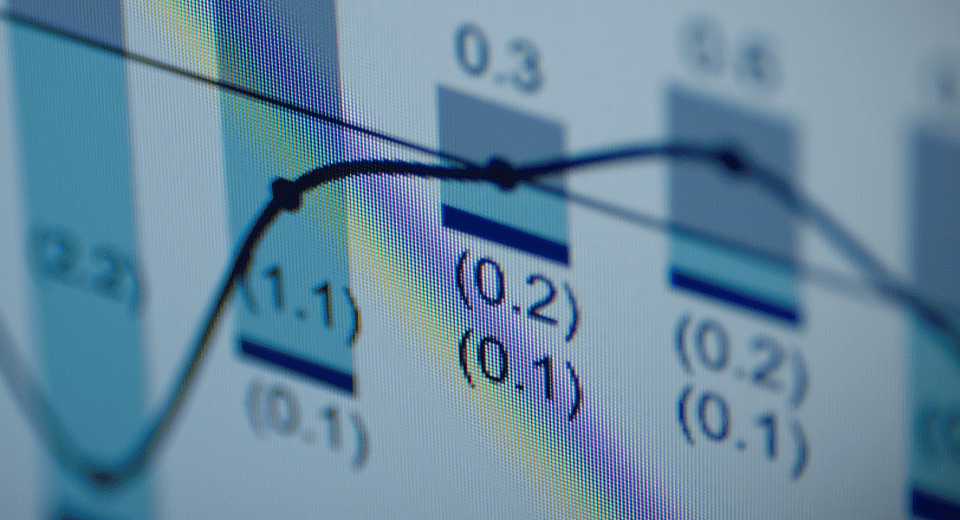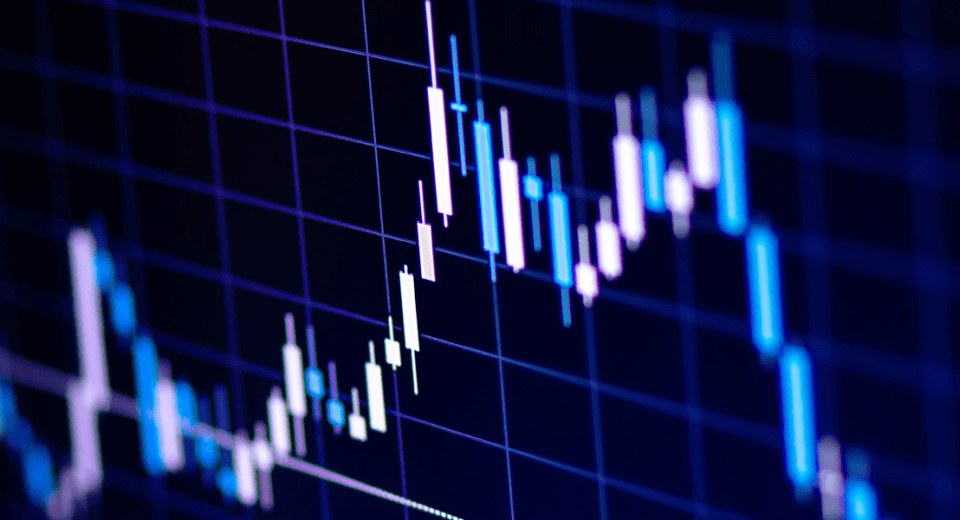Big and small businesses all over the world have been impacted by the prolonged lockdowns and closed supply chains. The financial markets have been reeling, while the stock markets seem to in free fall. On March 9, 2020, most global markets reported huge contractions due to the raging pandemic and an intense oil price war between Russia and Saudi Arabia. This was the worst drop since the 2008 recession. After an intensely volatile month, as of March 2020, the global stock markets have recorded a downturn of at least 25%, and 30% in most G20 nations.
Forex volatility has also surged during this time. As many investors consider selling off their riskier assets, such as stock holdings, many others are resorting to forex derivatives to take advantage of the intense volatility. CFDs allow traders to enter into positions regardless of the direction of the market.
Money is especially flowing into the US Dollar, the world’s reserve currency and a coronavirus safe haven. This has led to the USD overpowering the euro, English pound and the Canadian dollar. Even after a highly disappointing NFP report for March 2020, released on April 3, 2020, the US Dollar index remained above the 100 mark. Additionally, the incredible volatility of almost every currency pair moving into bearish territory is providing lots of opportunities for scalpers and swing traders.
In times of such high market uncertainty, here are some key points that traders should take note of:
- Do not panic but trade only with complete market information
- Trade very selectively, with robust risk controls
- Ensure portfolio diversification
- If you prefer not to trade, use this time to develop trading skills.
Scalp Trading with Stochastic Oscillator
For short-term traders, who want to take advantage of market volatility to quickly enter and exit trades, scalping could the preferred trading style. The stochastic oscillator consists of lower and upper levels. While the upper level indicates an overbought area, the lower level signals oversold conditions. When the two indicator lines cross upwards from the lower area, a signal to go long is generated. When the indicator lines cross from the upper area towards the lower level, a short signal is generated.
This strategy works well on 4-minute and 5-minute charts. However, the indicator lines alone cannot provide a reliable signal. To get stronger confirmation, Bollinger Bands can be used.
To confirm signals with the Bollinger Bands indicator, the price needs to cross the red line (moving average) in the middle of the indicator. Traders can consider continuing on each trade till the price touches the opposite level of the Bollinger Band.
A high volatility instrument to trade with this strategy could be the GBP/USD pair. The GBP/USD pair has become extremely volatile as the UK grapples with rising cases of infections since March 2020. With Prime Minister Boris Johnson testing positive, along with Prince Charles, the sterling has been seeing short term volatility in recent weeks.
However, scalping could be risky, and traders need to be cautious by:
Trading USD/JPY Volatility
Despite a bumpy ride for the greenback in the past few months, analysts maintain that the US Dollar is the best place to park money in the current market crisis. The US Fed’s surprising rate cut has actually made the Dollar more appealing than other G-7 currencies, like the Euro. Combined with the Japanese Yen, the pair forms a high safe-haven investment.
One could opt for a long trade on the USD/JPY on a 15-minute chart. This trading strategy is known as the “squeeze.” Three main indicators used here are:
- Bollinger Bands with settings 20 and 2.0
- Momentum oscillator on the close with a period of 12
- Keltner Channels with settings 20 and 1.5.
The basic premise is to first wait for the Bollinger Bands to go inside the Keltner Channel, and then to wait for the Bollinger Band to expand out of the Keltner Channel. If at this point, the momentum oscillator is above zero, traders can go long at the close of the candle. If the oscillator is below zero, it is a signal to go short at the close of the candle. Stop loss can be placed below the previous swing low or swing high.
This strategy can be good when the Asian session overlaps with the London session, causing a surge in volatility.
Delayed V-Shaped Recovery
There are several theories on how the markets will ultimately bottom out, how assets will perform into the lows during the recovery phase, and how investors will protect themselves when the markets are in the deleveraging phase.
The best scenario considered by analysts is the delayed V-shaped recovery. Here, technically, the global economy will go into a recession in Q2 and Q3 2020, after which it will become clear that the lockdowns have slowed the progress of the outbreak. In the meantime, massive rate cuts and fiscal stimuli will finally bear fruit for the market, which will go towards a V-shaped rebound in the last part of 2020.
The trading strategy for a best-case scenario like this could include:
- Going long on volatile instruments like USD/JPY, S&P put options and taking profit during Q2 2020.
- Shorting US Dollar against a basket of currencies (emerging and developing market FX), when market sentiment becomes positive.
- Having a 20% long position on precious metals.
- Going long on safe haven treasuries, but as US 10-year yields approach zero, to ease up on allocations.
- Slowly rotating into pro-cyclical commodities, and suffering energy stocks in Q3 2020.
Not Trading at All
For the extremely risk-averse trader, who might not want to get into the market during these risky times, catching up on trading skills might be the best resort. Some things to consider:
- Learning how to optimise forex robots.
- Learning to write EAs (Expert Advisors).
- Using the MT4/MT5 strategy backtester to hone capabilities of back testing EAs and indicators.
- Analysing the last 50 trades to see the scope of improvement.
- Using historic charts and tools to learn how to manually back test strategies.
- Learning the basics of the financial markets and how to read economic reports.
Like all periods of market recession and uncertainty, this too shall pass. Till then, it is important to be alert and objective in trading decisions.
Reference Links
Start Trading in 3 easy steps
1
Complete the Application Form
It takes just minutes for us to verify your identity and set up your account.
2
Download MT4 Platform
Download MT5 and trade via your desktop, mobile or tablet. No minimum deposit required.
3
Start Trading
Trade more than 60 products (Forex, CFDs & Commodities)





